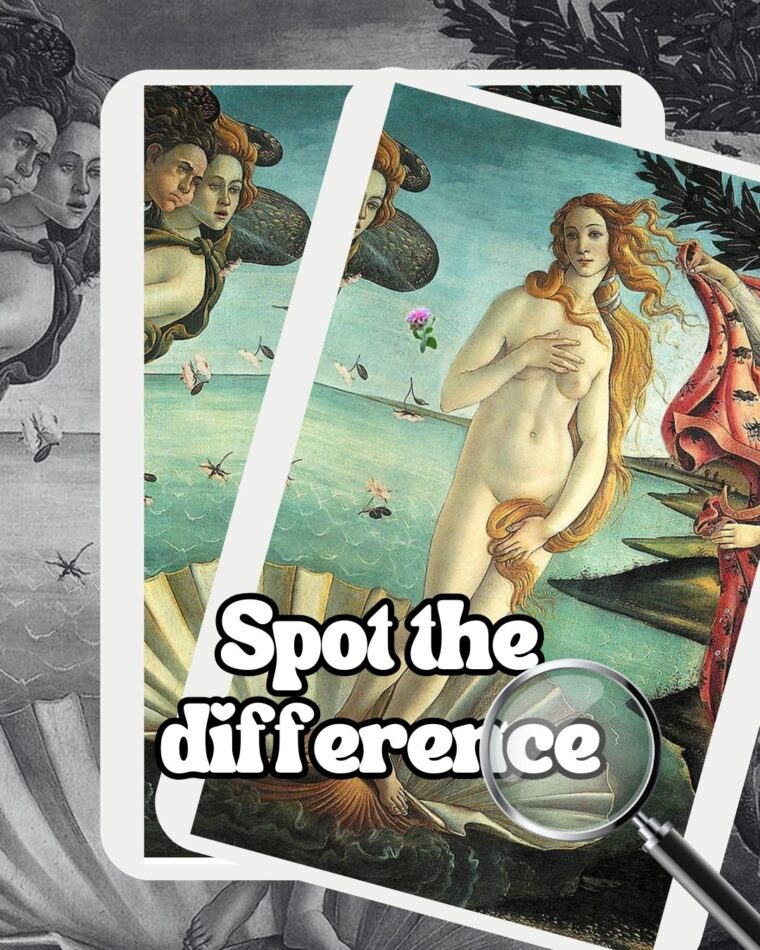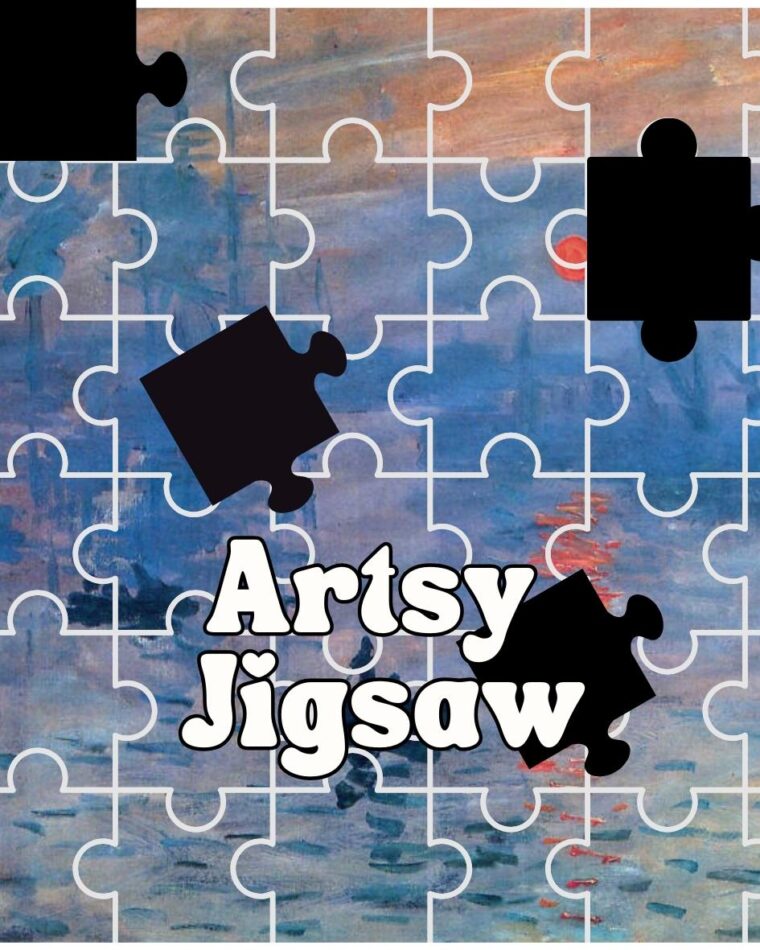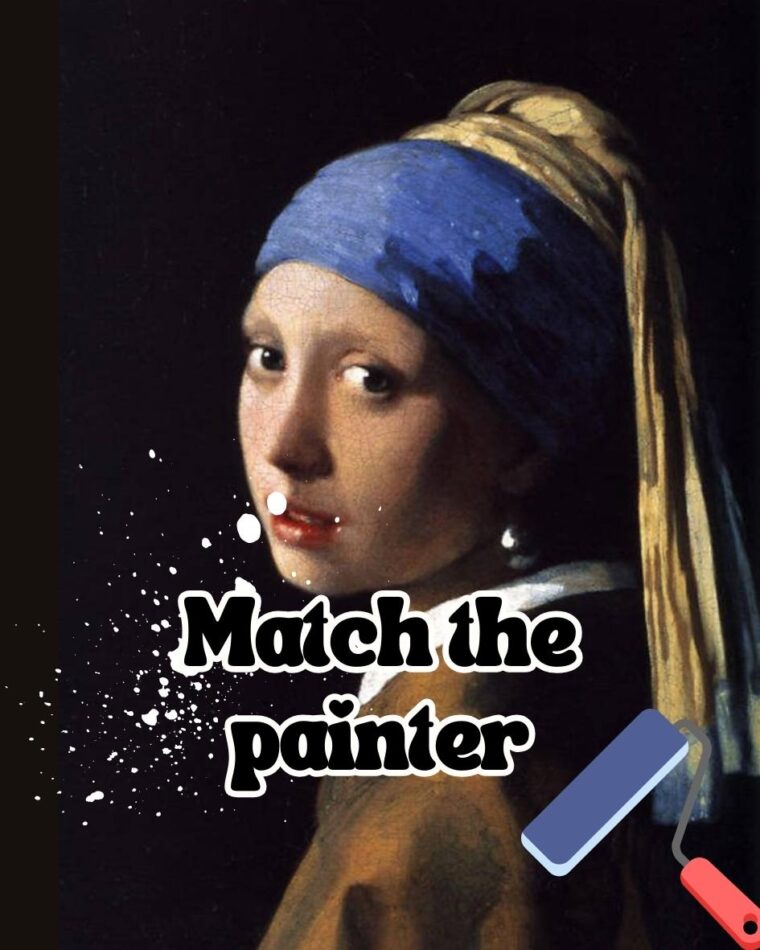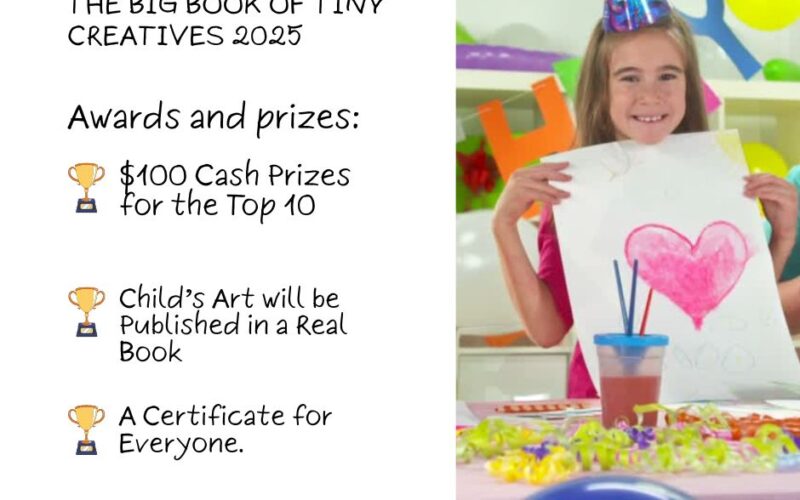
How to Identify and Target Your Ideal Art Buyer
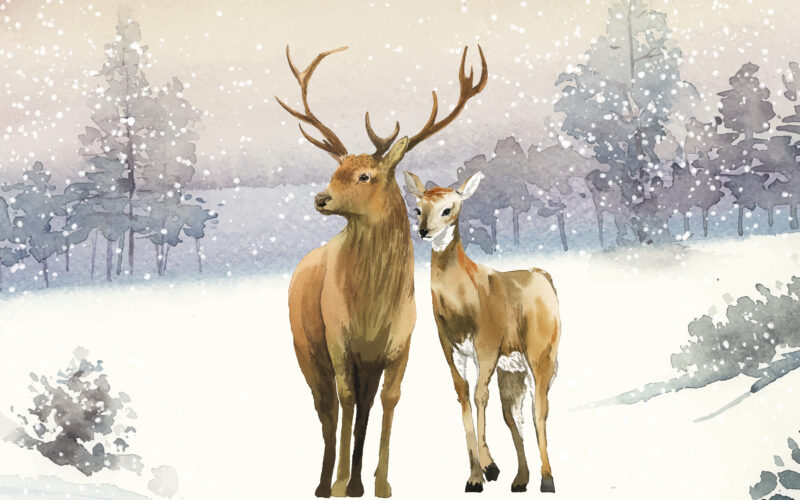

“Art is not what you see, but what you make others see.” – Edgar Degas

Let’s start there, because that’s exactly what your art does. It invites someone in. It makes them feel, remember, reflect, or even heal. It’s not just something pretty to hang on a wall; it’s a piece of your story, your energy, your voice.
But let’s be real for a moment: selling that art to art buyer? It can feel… weird.
You didn’t become an artist to think about branding or target markets or whether you should be on Instagram or TikTok. You became an artist because you had something to say. Something to explore. Something only you could create.
Still, at some point, you realize that if you want to keep doing this sustainably, not just as a hobby, but as a living, you need someone to buy your work.
Not just anyone, though.
You need the right art buyer. The one who sees your painting, your print, your sculpture and feels it. The one who says, “This speaks to me,” not just “This matches my couch.” The one who connects with your message, your mood, your meaning—sometimes even more deeply than you expected.
So the big question becomes:
How do you find that person?
How do you talk to them, reach them, without sounding pushy, salesy, or like someone you’re not?
The good news? You don’t have to turn into a marketing machine.
You just need a little clarity, a little strategy, and a whole lot of authenticity.
Let’s take this one step at a time. Because you can sell your work and stay true to your art. You just need to know who you’re really speaking to.
Step 1: Know What You’re Really Offering to Art Buyers
Let’s start at the root: before you try to figure out who your ideal art buyer is, you need to understand what it is you’re truly offering.
Yes, you’re making paintings, sculptures, prints, or photos. But people aren’t just buying “a thing.” They’re buying a feeling. A story. A moment.
Ask yourself:

- What emotions live in your work?
- What’s the deeper message you’re exploring?
- Is your art bold and loud or quiet and contemplative?
- Does it challenge, soothe, celebrate, or provoke?
For example, if your work often deals with themes of grief and memory, your ideal art buyer might be someone who’s healing from loss and finds comfort in reflective, emotional art.
Once you understand what kind of energy and message your art carries, it becomes way easier to figure out who it’s actually for. Because here’s the truth: people don’t buy art because they need it, they buy it because it moves them. And if you can name what your work does, you’re already halfway to finding the people who need it most.
Step 2: Learn from the People Who Already Love Your Work
If you’ve sold even one piece of art before, or had someone gush over it at a show or online, you already have clues about your ideal art buyer.
Think about these questions:
- Who has bought your work in the past?
- What did they say they liked about it?
- Were they drawn to the subject, the colors, the feeling, the story?
- Where did they find you, online, at an event, through someone else?
Sometimes patterns appear. Maybe your collectors are mostly therapists or yoga teachers. Maybe they’re women in their 30s who just moved into a new home. Maybe they’re fellow creatives who say, “This reminds me of something I felt but couldn’t put into words.”
Even if you haven’t sold yet, pay attention to who engages. Who’s commenting on your posts? Who messages you to say your art resonated? These are breadcrumbs. Follow them.
They show you what your audience sees in your work and who you might want to connect with more intentionally.

Step 3: Paint a Simple Picture of Your Ideal Art Buyer
Let’s get practical for a minute.
You don’t need to build a detailed “marketing persona” like big companies do, but it does help to have a general picture of the kind of person your art speaks to.
Think about:
- How old might they be?
- What kind of lifestyle do they have?
- Where do they hang out, online or in person?
- What values matter to them? Creativity, peace, activism, luxury, nature?
- How do they decorate their space?
- What feelings or moments might they want to capture through art?
For example, if you create soft, minimalist abstract paintings in neutral tones, your ideal art buyer might be someone who loves calming, curated spaces. Maybe they’re an interior designer, a wellness coach, or a new parent who wants their home to feel like a retreat.
The more clearly you can imagine this person, not as a stereotype, but as a real human, the easier it becomes to reach them with confidence and authenticity.
Step 4: Show Up Where Your People Are

Once you’ve figured out who your ideal buyers are, the next step is to go where they already are, and not try to be everywhere at once.
Here’s what that could look like:
- Instagram: Still one of the best places for visual artists. Use it to show not just finished work, but your process, your studio life, and your thoughts behind the pieces.
- Pinterest: Great if your art fits well with home decor, lifestyle, or mood boards. People use Pinterest to shop, and often end up on artists’ websites from there.
- In-person events: Local markets, pop-ups, and art walks are amazing for making face-to-face connections and seeing firsthand who responds to your work.
- Art marketplaces: Sites like Saatchi Art, Artfinder, and others attract people who are actively looking to buy. But you need great images and a strong artist profile to stand out.
- Email lists & your website: This is your “home base.” A place where art buyers can learn more about you, browse your available work, and feel like they’re part of your world.
Pick a couple of platforms that make sense for your ideal art buyer and focus your energy there. Consistency matters more than being everywhere.
Step 5: Tell the Story Behind the Work
This is where so many artists get stuck: talking about their work without feeling awkward or salesy.
Here’s the truth: selling isn’t about pushing people. It’s about helping them connect.
Instead of just saying, “New piece available now,” try something like:
“I painted this after a quiet, rainy afternoon that made me pause and breathe. It reminded me how beauty often hides in stillness. I hope it brings that same calm to someone’s space.”
That’s honest. That’s human. And that’s what people are drawn to.
You’re not selling at them. You’re sharing something real. You’re inviting them into your world, and that’s powerful.
Step 6: Make It Easy to Say Yes

Someone loves your art. They’re ready. Don’t make them work for it.
Make the path from “I love this” to “I own this” smooth and simple:
- Have clear pricing, or let people know how to ask for it without shame or guessing.
- Offer easy payment options (PayPal, Stripe, Venmo, credit card, whatever works for you).
- Be upfront about shipping or delivery times.
- Keep your links updated. If someone finds you on Instagram, can they easily click to see your available work?
Think about it from the art buyer’s side: if it’s confusing, slow, or unclear, they might hesitate. And not because they don’t want the art, but because it’s too much work to get it.
You’ve already done the hard part by creating something they want. Now, just open the door for them.
Step 7: Remember, Your Art Isn’t for Everyone (and That’s a Good Thing)
Here’s the truth most artists need to hear:
Your work isn’t supposed to appeal to everyone. And that’s a strength, not a weakness.
If you try to make your art “universal” so that anyone might buy it, you end up watering it down. You lose your edge. Your voice gets quieter.
But when you speak directly to your people, those who feel something real when they see your work, you build loyalty, connection, and value.
And those art buyers? They’re not one-time customers. They’re collectors, supporters, and advocates who come back again and again.
So don’t be afraid to be specific. Be honest. Be you. The right art buyers will see it—and they’ll show up.
How To Build Buying Experience, Not Just a Transaction
So, after following all these points, let’s focus on some more important aspects, and one of them is building a buying experience. People don’t remember transactions. They remember experiences.
When someone buys a piece of your art, they’re not just buying an object, they’re stepping into your world. So think about what kind of experience you’re giving them.
Can you include a handwritten thank-you note with each purchase? Can you tell them a little more about the story behind the piece once they buy it? Can you follow up after delivery to see how the piece looks in their space?
Small touches like this turn one-time art buyers into loyal collectors. And when they feel seen, they’ll talk about you. Word-of-mouth is still one of the most powerful tools for artists, especially when it comes from people who feel truly connected to your work and to you.
Make Your Personality A Brand

Your ideal art buyer isn’t just buying your art; they’re also buying into you as an artist. Your values. Your vibe. Your voice.
That doesn’t mean you need to share your whole personal life online. But the more you let your personality shine through, the more likely it is that the right people will find you and feel at home in your world.
Are you funny and casual? Quiet and poetic? Political and passionate? Cool, lean into that.
When someone follows your work for weeks or months and finally decides to buy something, it’s often because they’ve come to trust you. Your posts, your captions, your process videos, your stories, they all help build that relationship.
Let yourself be a real person. That’s what people connect to. And those connections are what lead to sales.
Be Patient, Consistent, and Visible
Here’s something that’s easy to forget in a world of overnight success stories: building a collector base takes time.
You won’t find all your ideal art buyers in a week, or even in a month. This is a long game built on consistency and visibility. Show up regularly. Keep posting. Keep sharing your work and your voice. Keep showing up at local events or in online communities.
You don’t need to go viral. You need to be discoverable.
The more visible and consistent you are, the easier it becomes for the right people to stumble upon your work, fall in love with it, and say yes when the time is right.
And when they do? You’ll know it wasn’t luck. It was the result of clarity, heart, and a little bit of strategy, exactly what you’re building now.
Match Your Art Style to Potential Art Buyers
Sometimes it’s hard to picture exactly who might be drawn to your work, especially when you’re deep in the making process. So let’s make it easier.
Here’s a simple table that gives examples of how different art styles or themes can naturally connect with certain types of art buyers. This isn’t about putting anyone in a box, it’s just to help spark ideas and make those connections a little clearer.
| Art Style / Theme | Emotional Vibe | Likely Art Buyer Type | Where You Might Find Them |
| Soft, abstract landscapes | Calming, dreamy | Therapists, wellness coaches, minimal home decorators | Pinterest, Instagram, wellness spaces |
| Bold, colorful portraits | Energetic, empowering | Activists, young professionals, collectors of contemporary | Instagram, art fairs, culture blogs |
| Textured, earthy ceramics | Grounded, tactile | Interior designers, home decor enthusiasts, eco-conscious | Etsy, pop-ups, lifestyle shops |
| Surreal or conceptual photography | Thought-provoking, moody | Art collectors, gallery visitors, students of art theory | Online art platforms, photography collectives |
| Feminist or political work | Bold, reflective, raw | Academics, non-profits, activists, independent curators | Open calls, zines, niche newsletters |
| Nature-inspired illustrations or prints | Gentle, nostalgic, hopeful | New homeowners, parents, gift art buyers, gardeners | Markets, Instagram, online print shops |
| Urban or street-inspired mixed media | Edgy, fast-paced, expressive | Young collectors, creatives, startup offices | Instagram, local art pop-ups, downtown galleries |
Last But Not Least

Finding your ideal art buyer isn’t about following a formula or becoming someone you’re not. It’s about digging deeper into your own work, listening to the people who respond to it, and learning how to meet them halfway.
It’s not about shouting louder, it’s about speaking more clearly.
So take your time. Get to know your own voice. Keep showing up. And trust that the more you understand your art buyer, the easier it becomes to attract the people who truly see it.
Because those are the ones who matter most, don’t forget to check out Arts To Hearts Project for more useful guides.



